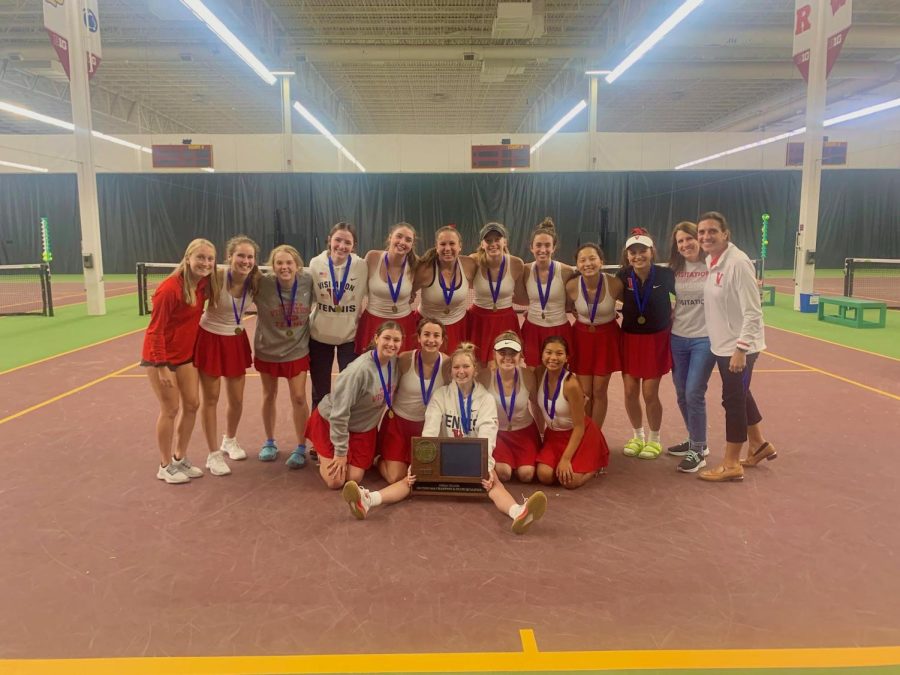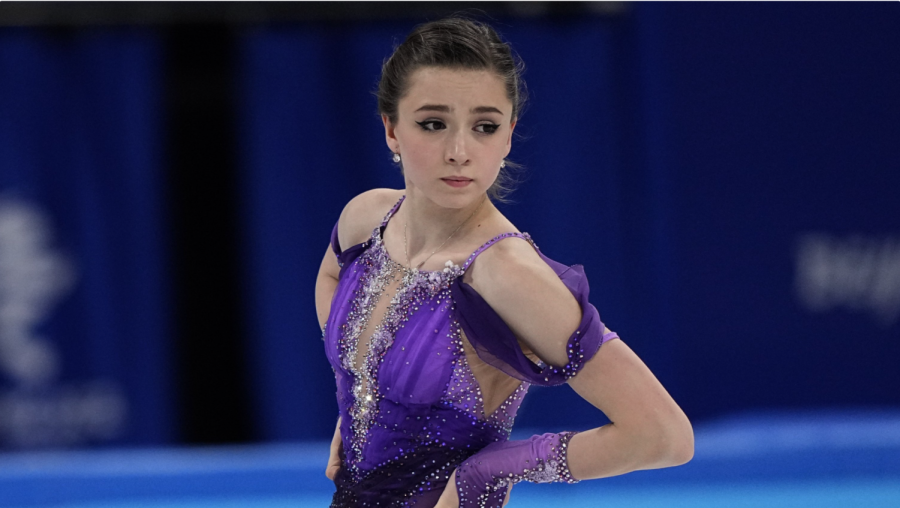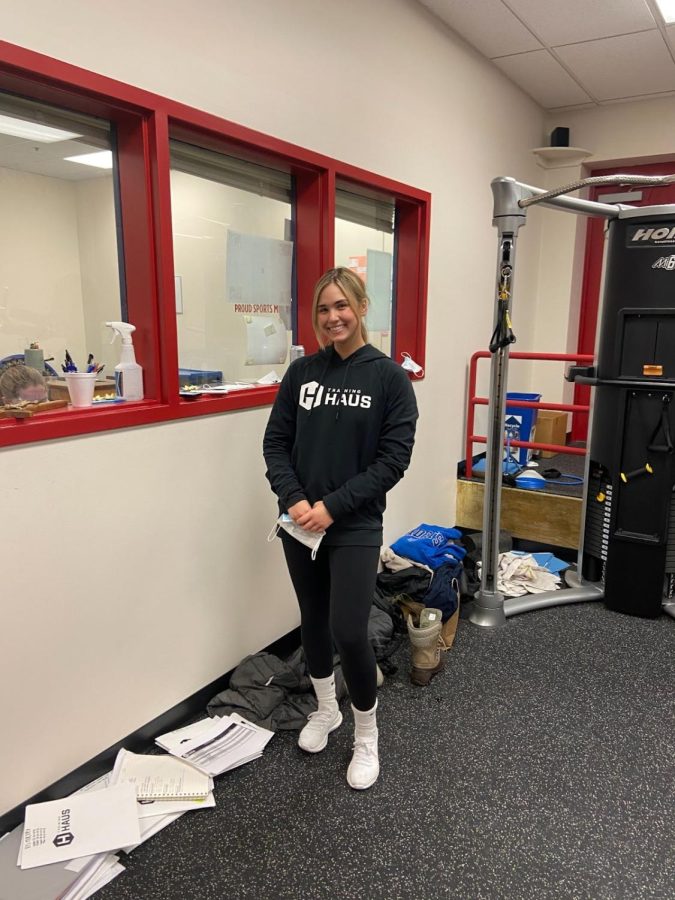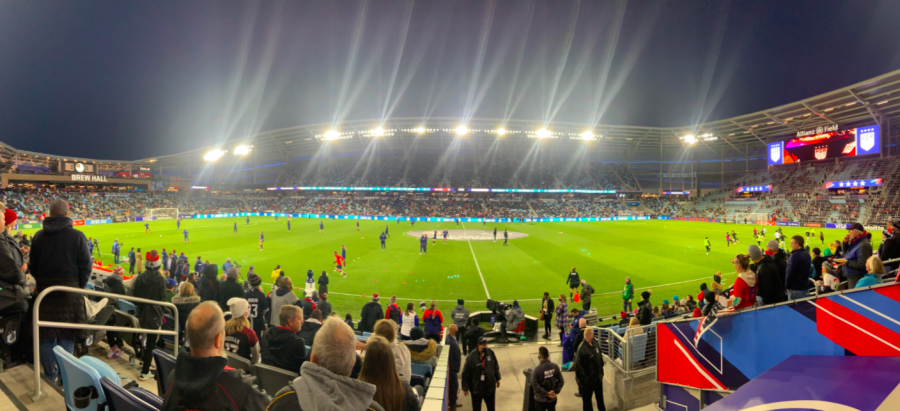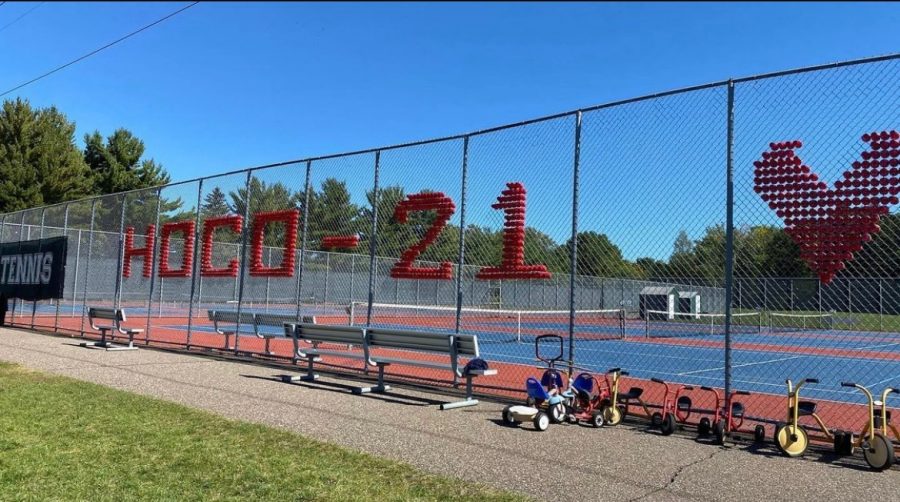November 17th marked MN Governor Tim Walz’s decision to pause all youth and high school sports because of the ongoing, rapid rise of COVID cases in Minnesota. With short notice, highschool volleyball and football teams had to cut their seasons short and winter sports were unable to jump into the early sports season. Walz’ decision to cancel youth sports, though suspected by many, was sudden and gave teams little warning that their seasons would be over.
Playing sports does come with risk to COVID. Indoor sports including volleyball and basketball present risks of not following proper safety guidelines because of the close proximity and nature of the sports, and outdoor sports like football and soccer often have more people on a team, thus raising the risk of exposure to more people. Though high school and younger children are not at the highest risk for COVID, teens and young adults are common carriers of the virus. The CDC says that COVID cases in teens are “almost double” the cases in children, which is likely due to the fact that teens commonly do not feel as severe symptoms as adults. With the higher risk of spread among teens, it is important to look at the whole community that high school sports could be affecting. Not only is the rapid spike in cases causing many deaths among grandparents, parents, and other loved ones, but the spike is causing a massive overflow in ICU units and hospital beds. This causes much stress on health care workers and the families of the people in the hospital, which will become even more of an issue with the spike of COVID cases on the rise.
Although playing sports comes with the risk of COVID, there are many benefits to sports that are no longer obtained with the pause. Many student athletes look at sports as a source of motivation for their school work and daily lives. The CDC reports that 40.9% of adults reported a new, or increase in mental health challenges in a June, 2020 survey. This pattern continues in teens with skyrocketing suicide rates and reported mental health challenges. These increases during the pandemic are largely tied to the fact that people are isolated and unable to satisfy the natural want for social interaction and normal activities. For some high school students, sports are the only way for them to see friends and socialize in a non-virtual way. The pause of sports can not only harm one’s mental health, but can also take a toll on the future of their sporting and possibly on their academic career. Many students use sports as a way to get into college by getting recruited. The recruiting process is now on hold, causing pressure on student athletes about what their future will look like.
Both scenarios of pausing or not pausing sports can be extremely dangerous to certain groups of people during a pandemic, but the sports pause is not permanent, and youth sports will be back and alive soon. Walz’ decision to pause sports was a tough one for many, and it is ultimately important to remember that the purpose of his decision was to help benefit the community as a whole as much as possible, and although not everyone personally benefits from the decision, everyone must continue to stay safe and do their part to get sports back in a safe manner for the whole community.


